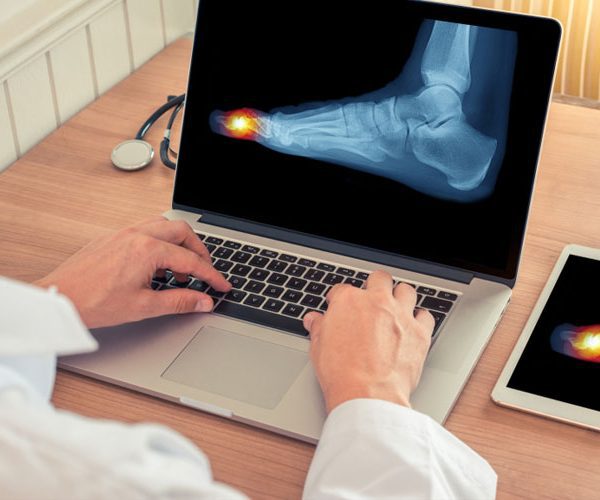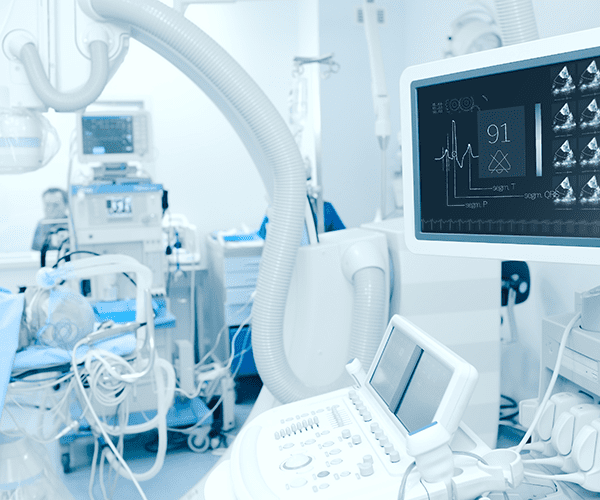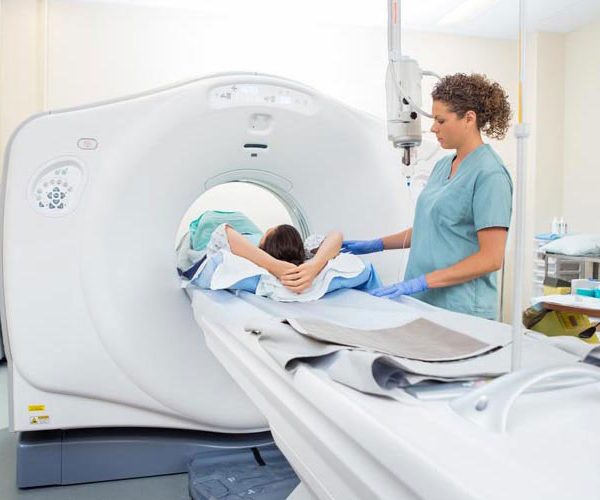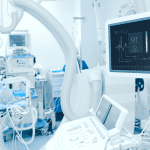Imaging equipment plays a vital role in the diagnosis and treatment of medical conditions. In a hospital setting, integrated digital U-Arm or straight arm X-ray machines are commonly used to provide high-quality images of the inside of the body. In this blog post, we’ll discuss what imaging equipment such as these are used for and how they help medical professionals in diagnosing and treating patients.
Integrated Digital U-Arm and Straight Arm X-ray Machines
Integrated digital U-Arm and straight arm X-ray machines are two types of imaging equipment commonly found in hospitals. Both machines work by emitting a controlled amount of radiation through the body, which is then detected by a sensor on the other side of the body. The sensor produces an image based on the amount of radiation that was absorbed or scattered by the body’s tissues. The resulting image can then be used to diagnose and treat a variety of medical conditions.
Uses of Imaging Equipment in Hospitals
- Bone Fractures and Injuries
One of the most common uses of imaging equipment in hospitals is to diagnose bone fractures and injuries. By using X-rays, medical professionals can get a clear picture of the affected area, which can help them determine the best course of treatment. For example, a broken bone may need to be set and immobilized, while a less severe injury may only require rest and pain medication.
- Lung and Chest Conditions
Imaging equipment is also used to diagnose and monitor lung and chest conditions such as pneumonia, tuberculosis, and lung cancer. By taking X-rays of the chest, medical professionals can identify abnormalities in the lungs or surrounding tissues that may indicate a medical condition. They can then use this information to develop an appropriate treatment plan.
- Dental Conditions
Dental conditions such as cavities, tooth decay, and gum disease can also be diagnosed using imaging equipment. By taking X-rays of the teeth and jaw, dentists can identify potential problems and develop a treatment plan. This can include filling cavities, performing root canals, or extracting teeth that cannot be saved.
- Digestive System Disorders
Imaging equipment is also used to diagnose and monitor digestive system disorders such as ulcers, tumors, and blockages. By taking X-rays of the abdomen, medical professionals can identify abnormalities in the digestive system that may be causing symptoms such as pain, nausea, or vomiting. They can then use this information to develop an appropriate treatment plan.
- Joint Problems
Imaging equipment is also used to diagnose and monitor joint problems such as arthritis, bursitis, and tendonitis. By taking X-rays of the affected joint, medical professionals can identify any abnormalities that may be causing pain or discomfort. They can then use this information to develop an appropriate treatment plan, which may include physical therapy, medication, or surgery.
Conclusion
Imaging equipment such as integrated digital U-Arm and straight arm X-ray machines play a crucial role in the diagnosis and treatment of a wide range of medical conditions. By providing high-quality images of the inside of the body, medical professionals can identify potential problems and develop appropriate treatment plans. Whether it’s diagnosing a broken bone or monitoring a lung condition, imaging equipment is an essential tool in the world of modern medicine.












